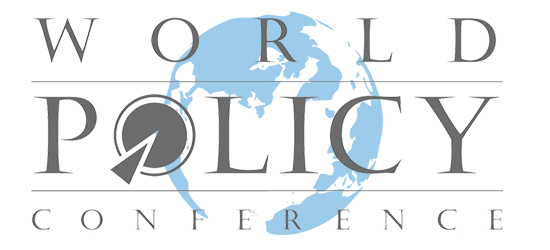ARTICLE – With sovereign debt at record levels and extreme weather events becoming more frequent and intense, policymakers must find a way to sustain economic growth, ensure financial stability, and mobilize the necessary resources to combat climate change. Achieving this requires nothing less than a new economic paradigm.
WASHINGTON, DC – Three upcoming international gatherings – the G20 Leaders’ Summit in September, the International Monetary Fund and World Bank annual meetings in October, and the United Nations Climate Change Conference (COP28) in the United Arab Emirates in November – will focus on devising strategies to sustain global growth and tame inflation. With public and private debt at record levels, political leaders face the monumental task of maintaining financial stability while simultaneously allocating resources to address critical challenges such as global warming and pandemic preparation.
With increasingly frequent and more intense extreme weather events underscoring the urgent need for decisive action, much of the attention will rightly be on the debt crisis currently engulfing much of the developing world. Given that many middle- and low-income countries lack the necessary resources to invest in adaptation and mitigation measures, global leaders will undoubtedly be pressured to narrow the climate-finance gap.
But the collapse of the traditional Paris Club-based renegotiation process and the ongoing failure of the G20’s Common Framework for Debt Treatments have hindered efforts to establish a more efficient policy framework to reduce low- and middle-income countries’ debt burdens. Moreover, developing countries’ debt woes have been exacerbated by the sharp increase in global interest rates and the decrease in private capital inflows to emerging-market economies.
Several recent initiatives seek to tackle the triple challenge of sustaining economic growth, ensuring financial stability, and mobilizing the resources needed to address global threats like climate change. All of them, including the roadmap outlined by policymakers at the June Summit for a New Global Financing Pact in Paris and the new G20 report on reforming the multilateral development bank system, acknowledge that reviving private capital inflows into low- and middle-income countries is a prerequisite for success.
[…]
Read the full article written by John Lipsky on Project Syndicate.


WASHINGTON, DC – Three upcoming international gatherings – the G20 Leaders’ Summit in September, the International Monetary Fund and World Bank annual meetings in October, and the United Nations Climate Change Conference (COP28) in the United Arab Emirates in November – will focus on devising strategies to sustain global growth and tame inflation. With public and private debt at record levels, political leaders face the monumental task of maintaining financial stability while simultaneously allocating resources to address critical challenges such as global warming and pandemic preparation.
With increasingly frequent and more intense extreme weather events underscoring the urgent need for decisive action, much of the attention will rightly be on the debt crisis currently engulfing much of the developing world. Given that many middle- and low-income countries lack the necessary resources to invest in adaptation and mitigation measures, global leaders will undoubtedly be pressured to narrow the climate-finance gap.
But the collapse of the traditional Paris Club-based renegotiation process and the ongoing failure of the G20’s Common Framework for Debt Treatments have hindered efforts to establish a more efficient policy framework to reduce low- and middle-income countries’ debt burdens. Moreover, developing countries’ debt woes have been exacerbated by the sharp increase in global interest rates and the decrease in private capital inflows to emerging-market economies.
Several recent initiatives seek to tackle the triple challenge of sustaining economic growth, ensuring financial stability, and mobilizing the resources needed to address global threats like climate change. All of them, including the roadmap outlined by policymakers at the June Summit for a New Global Financing Pact in Paris and the new G20 report on reforming the multilateral development bank system, acknowledge that reviving private capital inflows into low- and middle-income countries is a prerequisite for success.
[…]
Read the full article written by John Lipsky on Project Syndicate.